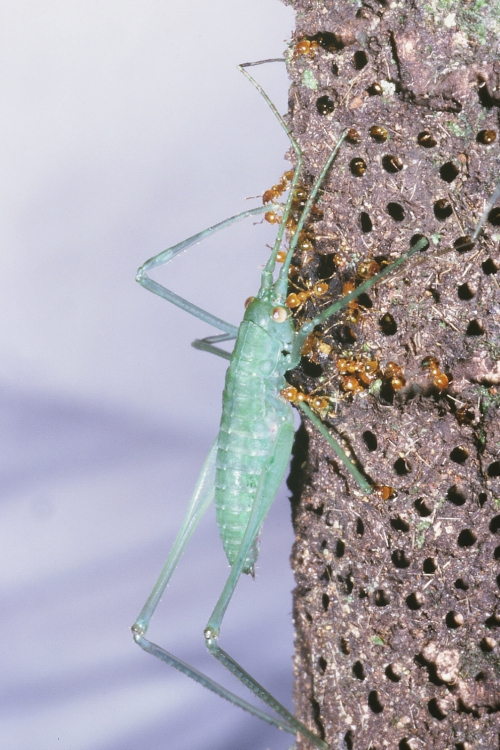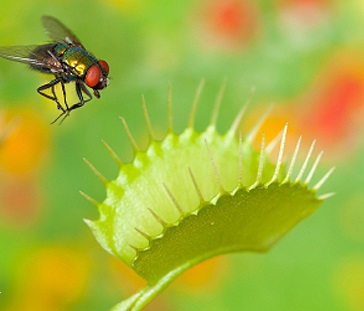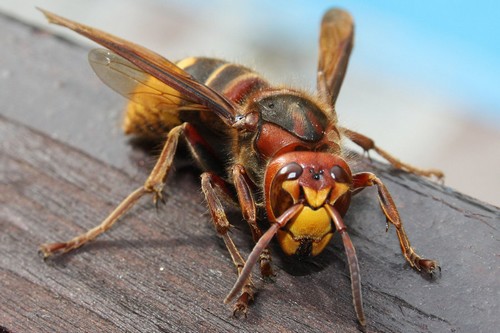We don’t often allocate intelligence to plant life, and the majority believe that they just sit in one spot and get on with growing and they have no methods to defend themselves against anything that might want to eat them. However this isn’t true, many different plants have various methods of self-defence and interesting techniques to stop being devoured, with some of them being rather clever.
Many plants have direct defences to combat insects and animals that might want to eat them, for example some plants, such as roses, grow thorns or prickles. These thorns are very sharp and act as the “teeth” of the plant to ward off predators. A hungry herbivore won’t want to eat them if they are going to get hurt in the process!
Plants can also create and secrete chemicals to defend itself, some plants when threatened, can give off toxins that give their leaves a very bitter taste to deter potential predators. They can also secrete other chemicals for example the geranium produces a compound in its petals to defend itself against beetles, within 30 minutes of digesting the compound, the chemical paralyses the beetles body for several hours, during this time the beetle is generally eaten by its own predators while unable to react.

Trichomes are most commonly the hairs of the plant, they act as a defence against herbivores by making it irritating and uncomfortable to eat them. These hairs can secrete chemicals when stimulated, some of which can be irritants or poisons, others are very sticky and trap the insect or creature allowing for an easy meal for a passing carnivore.
Plants also have quite interesting symbiotic relationships with other animals and insects for example certain plants emit a perfume from their damaged cells when under attack from aphids, this scent is used to attract wasps, a carnivore, they are enticed by the odour secreted and fly over and eat the aphids.
The “Trap Ant” is a tiny insect that lives in the branches of trees in South America. The trap ant takes the hair from the surface of the tree and uses it to make a flat surface with loads of tiny holes inside, using the fungi that grows on the tree and their own saliva as glue. A cricket looking for a meal of the trees leaves is attracted to the flat surface as the hairs are a deterrent to insects, as mentioned earlier. However, the ants are waiting in ambush just out of sight. When the cricket lands his legs might go inside the holes, this is when the ants strike, their strong mandible jaws latch hold of the crickets legs and he is drawn into the holes and clamped into the trap. Hundreds of tiny ants then swarm the cricket holding him in place and he is slowly eaten. This amazing trapping strategy is beneficial to all parties, the ants get a meal, the tree gets protection from herbivores and the fungi used as glue gets cultivated and spread by the ants to other areas.

Plants have many other forms of defence as well as these, so they aren’t as defenceless as they may initially seem.
Further Reading:
- https://scrubmuncher.wordpress.com/2011/01/14/unsporting-ants/
- http://www.ncbi.nlm.nih.gov/pmc/articles/PMC3493419/#R21
- http://www.plantphysiol.org/content/121/2/325.full





